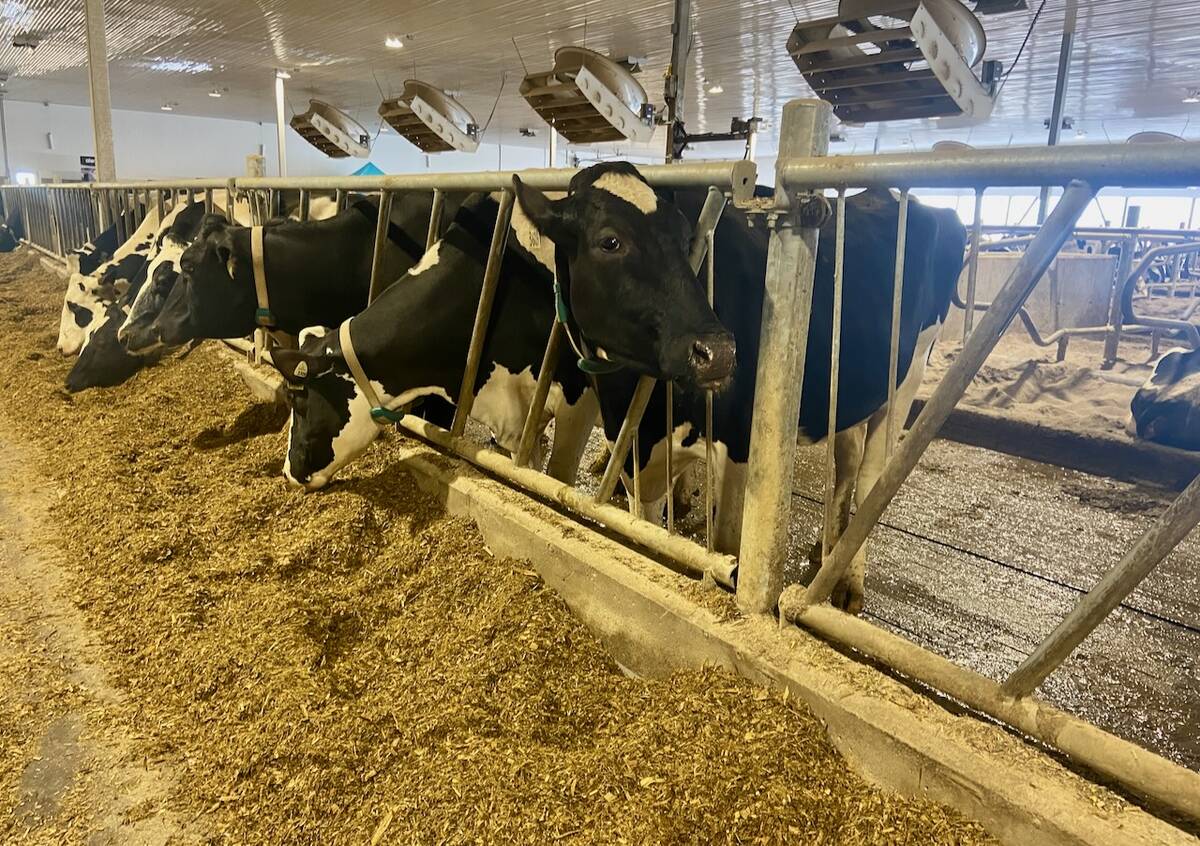KANANASKIS, Alta. – By day Mary Magee is a school music teacher but at night she’s a leader in a 75-member 4-H multi club at Wellsford, N.S.
The new president of the Canadian 4-H council hopes her grassroots connections to the 43,700-member organization will be a good motivator as she visits each provincial council this year.
Filled with enthusiasm for 4-H, Magee didn’t join until she was 15 and hasn’t been able to stay away since.
Every year has brought new challenges for her and the movement as more children live in cities with shrinking agricultural awareness and rural member numbers sink a little more each year.
Read Also

U.S. farm group supports supply management
U.S. grassroots farm advocacy group pushing new agriculture legislation that would move towards supply management like Canada has for dairy industry
During the annual 4-H council’s meeting in Kananaskis, national manager Mike Nowasad said membership is relatively stable and programs are continually updated to keep in step with the interests of young people.
Fund-raising campaigns
Maintaining good programs costs money and the national and provincial councils are always considering new partnerships with groups like banks, grain companies or livestock associations, as well as imaginative fund-raising schemes to keep their organization afloat.
One province that felt the pinch of tight finances is Alberta. All government departments had to carve away 30 percent of their budgets last year. For Alberta 4-H, this meant losing $300,000 from its budget, said Mahlon Weir of the agriculture department.
To ease the pain the provincial council went to members with suggested cuts and were surprised when people said they were willing to pay extra for 4-H as long as program quality wasn’t sacrificed.
“A lot of things we thought were sacred cows, they didn’t,” said Diane Maull of the pro-vincial council. Memberships of $25 a person were introduced, increased user fees for camps and higher fees for project material were introduced with few complaints.
The province provides 66 percent of the 4-H budget in Alberta for 1994-95, with 16 percent from corporate sponsors, 11 percent registration fees, five percent from program fees and two percent from the federal government.
Saskatchewan and Ontario have hired professional fundraisers who will combine public relations skills to rebuild council budgets at the local and provincial levels.
Prince Edward Island and Manitoba are investigating province-wide fund-raising schemes.















